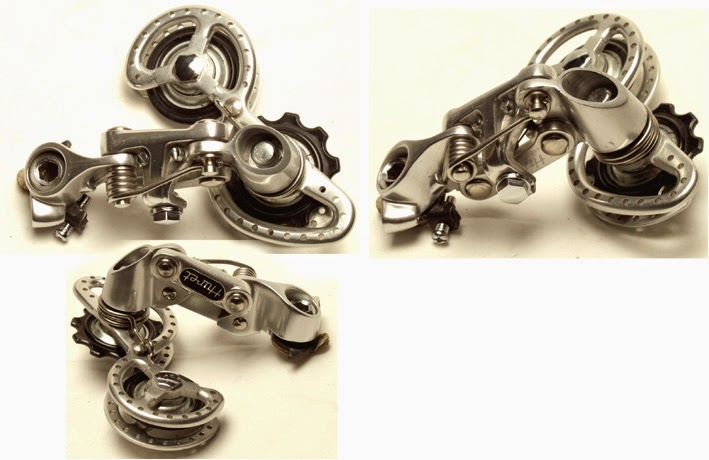Back when I was young, skinny and in shape--and, I must say, full of testosterone (and, according to some people, some things I can't mention on this blog)--I would sometimes push other cyclists up hills or into the wind--or simply help them get home. I won't reveal their identities lest they or their friends happen to be reading this, in which case, you know who you are!
And I'll admit to grabbing the back of a truck or a bus and letting it pull me along. In my defense, I'll say that I did it while riding a fixed gear, so I was still pedaling. I will also mention that I did it only while I was working as a messenger. Somehow the other messengers knew if you'd never done it, and that would put a gap in your street cred bigger than any pothole any of us ever dodged!
So, even though I have both pushed and been pulled while on my bike, I couldn't quite tell which was happening in this photo. Both, perhaps?

Speaking of potholes: OK, I'll admit there were a couple Ididn't couldn't dodge. So there were times I rode on wheels that weren't quite true or round. But I'm not sure I ever rode on any like these:

Both of these photos come from the Guy Sports blog.
And I'll admit to grabbing the back of a truck or a bus and letting it pull me along. In my defense, I'll say that I did it while riding a fixed gear, so I was still pedaling. I will also mention that I did it only while I was working as a messenger. Somehow the other messengers knew if you'd never done it, and that would put a gap in your street cred bigger than any pothole any of us ever dodged!
So, even though I have both pushed and been pulled while on my bike, I couldn't quite tell which was happening in this photo. Both, perhaps?
Speaking of potholes: OK, I'll admit there were a couple I
Both of these photos come from the Guy Sports blog.





-filtered.jpg)











